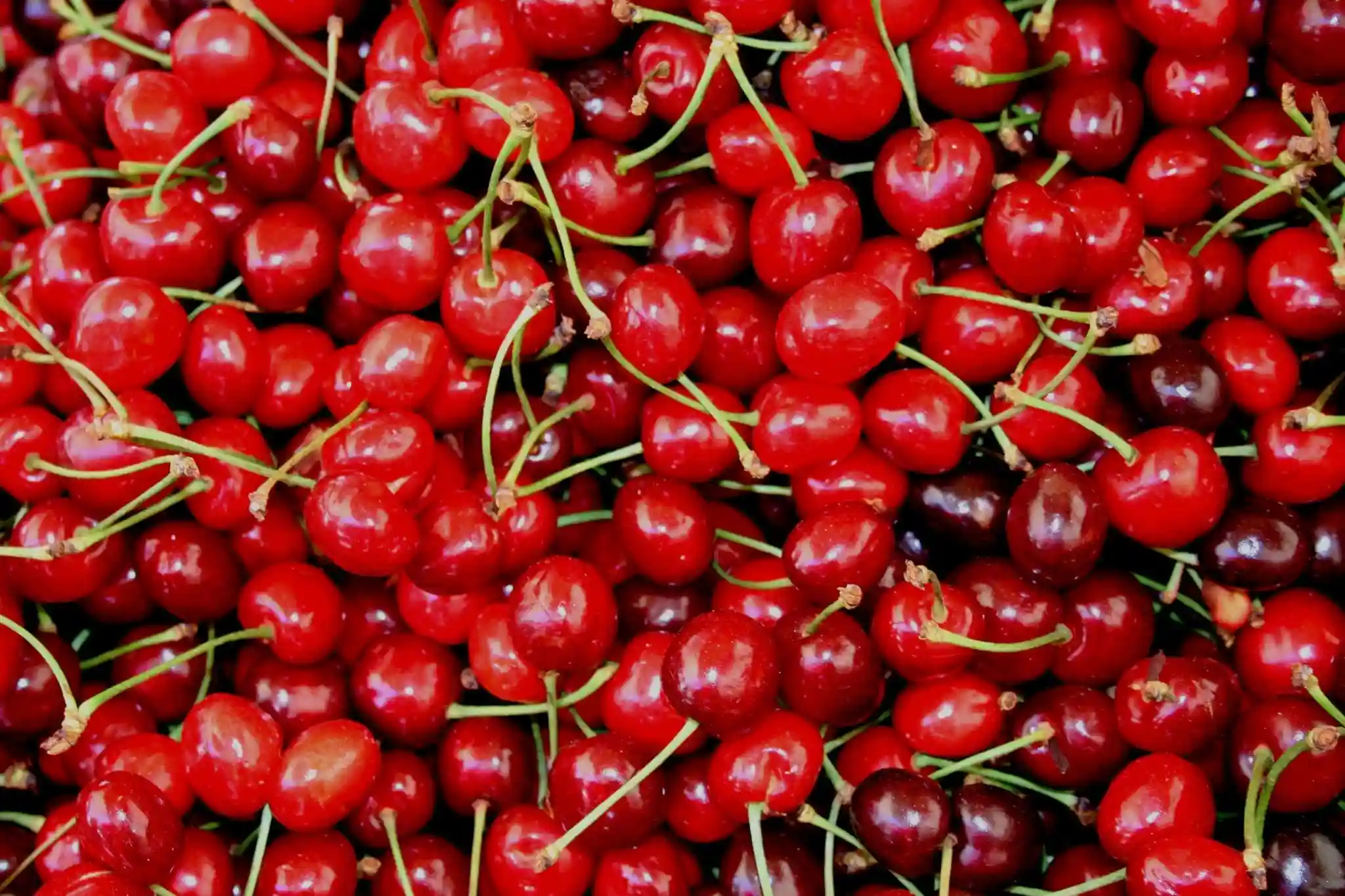U.S. cherry exports to China have sharply declined due to persistent trade tensions, despite the temporary suspension of additional tariffs between May and August.
In this climate of uncertainty, U.S. producers are reshaping their strategies, finding alternative outlets in Asian markets, with Vietnam experiencing strong growth.
Decline in China, boom in Vietnam
Between 2015 and 2018, China was one of the main export markets for American cherries.
In the past two years, however, attention has shifted to Vietnam, South Korea, and Japan.
Canada remains the top importer, accounting for 37% of U.S. shipments.
In Vietnam, the massive arrival of product has caused a record price drop: in some chains, such as WinMart, prices have fallen to 189,000 dong (USD 7.20 / EUR 6.61) per kilo, half of last year’s price.
During a promotion from July 8 to 23, prices dropped to 299,000 dong (USD 11.40 / EUR 10.47) per kilo, with sales up 140% year-on-year.
Rising numbers and new agreements
According to the Vietnam Fruit and Vegetable Association, in the first five months of 2025 the country imported cherries worth USD 28 million (EUR 25.70 million), up 43% from the previous year.
Meanwhile, trade negotiations are underway between Hanoi and Washington to reduce reciprocal tariffs from 46% to 20%, with the goal of eliminating tariffs on certain U.S. products.
The U.S. Department of Agriculture forecasts a 2025 cherry production of 383,000 tons, +8% compared to 2024.
The surplus supply has already caused domestic wholesale prices to fall by 10–15% between June and July.
Hong Kong, the new hub
With the Chinese market still challenging, part of the surplus has been diverted to Hong Kong, where prices have hit their lowest in 20 years.
At the Yau Ma Tei wholesale market, Washington State cherries sell for 40 HKD per pound (USD 11.24/kg / EUR 10.32/kg).
According to importer Kingo Fruit, peak daily sales have risen from 8,000 to 12,000 cases, but prices for 5-kg boxes have plummeted by 35%, dropping to 260–280 HKD (USD 33.12–35.67 / EUR 30.40–32.74).
In April, the total value of direct imports of U.S. fruit into Hong Kong increased by 118%, but between February and April, re-exports of fresh cherries to mainland China fell by 72% year-on-year.
Amid tariffs, oversupply, and evolving markets, U.S. cherries are undergoing a phase of redefining trade routes.
Vietnam and Hong Kong are emerging as key markets to absorb the surplus, but the future remains tied to political dynamics and ongoing international negotiations.
Source: producereport.com
Image source: Produce Report
Cherry Times - All rights reserved












